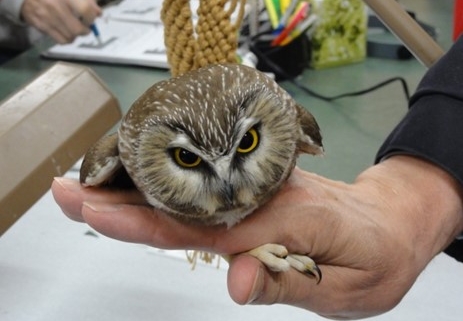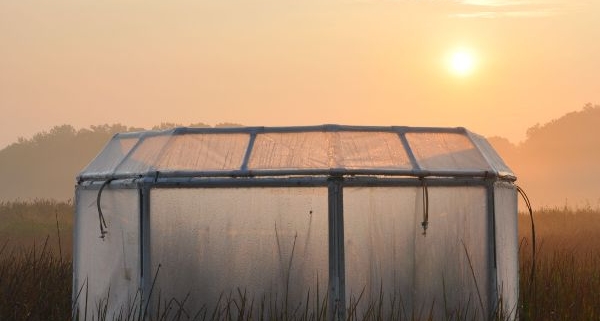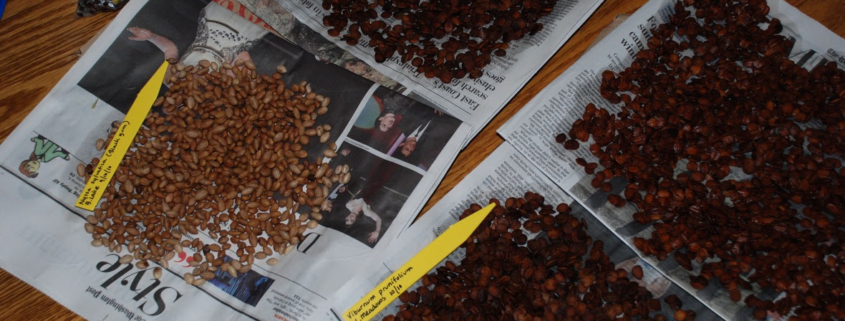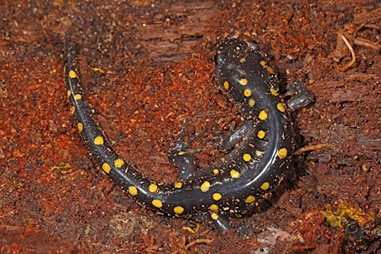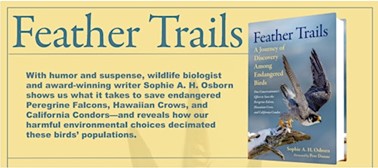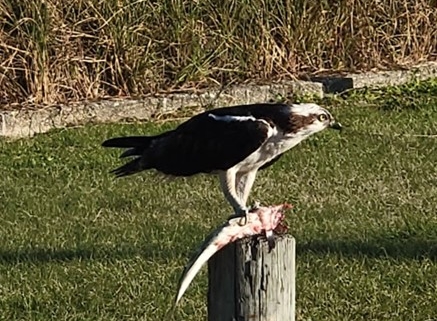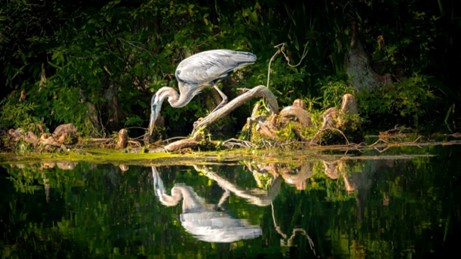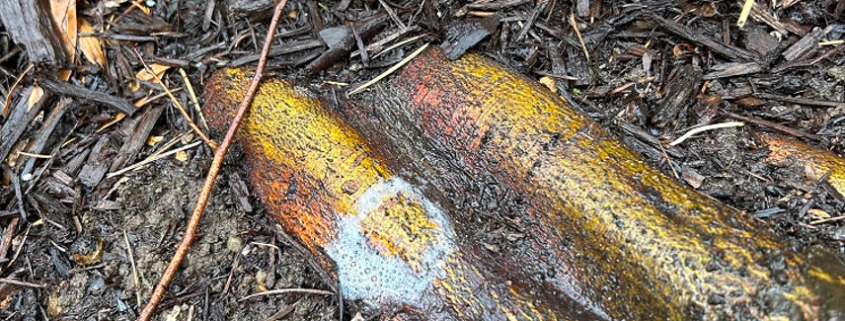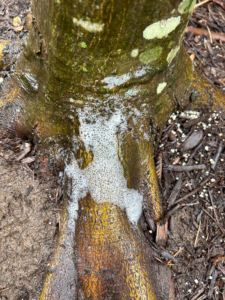One Way to Support the Virginia Master Naturalist Program – Virginia Tech’s Giving Day, February 19th to 20th
Photo Courtesy of the Virginia Master Naturalist Program
Article by FMN Debbie McDonald
As a member of our Fairfax Master Naturalist Chapter, and the Dean’s Advisory Council for the College of Natural Resources and Environment at Virginia Tech, I am excited to share an easy and incredible program to support our Virginia Master Naturalist program statewide. You were a big part of this last year, Virginia Tech’s Giving Day. When we donate to Virginia Master Naturalists through this event, ALL donations go directly to VMN and provide important added funding for programs and activities. You will hear more about it from Michelle Prysby, but it is not too early to begin planting the seeds so we are ready to grow our participation in this event.
What is Giving Day? A 24 hour period to show support for programs connected to Virginia Tech that you are interested in and care about
How is VMN connected to this? Our program is housed in the Department of Forest Resources and Environmental Conservation with the College of Natural Resources and Environment (CNRE) at Virginia Tech
When is Giving Day? February 19, Noon (EST) to February 20, Noon (EST)
How can each of us participate? Close to February 19, special links will be made available to you that will allow you to donate directly to the VMN/CNRE Giving Day funds
What is a suggested donation? A minimum $5.00, tax deductible donation is all that is asked
Throughout the 24 hour period, there are “challenges,” which when met, can add matching dollars to what we as an organization contribute.
Here is the BIG challenge for VMN, we can receive $25,000 in challenge funds if we have 400 donors to the program on Giving Day. And we CAN do this, last year with your help, we had 448 donors, so let’s work for that extra $25,000 and 500 donors this year!
Here is a link to The College of Natural Resources and Environment to learn about all they are and do. https://cnre.vt.edu/
I will be sending an email with reminders and the links to use closer to February 19. It is such an honor and joy to be part of our organization and all each of you do and the differences you make.
FMN Debbie McDonald


